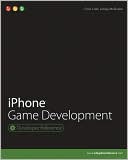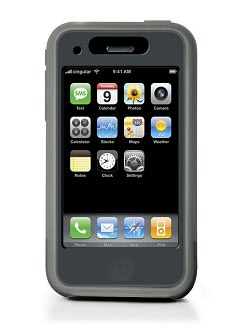Say goodbye to textbooks and hello to the next-gen mobile tools that will power our children’s education. Increasing access to high-end mobile devices and an explosion of mobile educational software are leading to pilot programs focused on determining the role this new technology should have in the classroom. These pilot programs are already demonstrating significant impact on student learning. Curious about what else lies ahead? Here are four trends driving the death of the chalkboard and the coming mobile education revolution:
Smart phone penetration will hit 82% by 2013
In order for mobile devices to be the future of education, kids need access to devices that are more sophisticated than yesteryear’s Razr. Text-to-screen, in-class polling exercises are a great component of many forward-thinking teachers’ current curricula, but for mobile devices to take center stage in the classroom, better devices need to achieve ubiquity. This is happening — fast. eMarketer recently reported that by 2013, 82% of all mobile devices in use worldwide will be smart phones.
The App Store is producing an explosion of educational mobile content
In little over a year, the iPhone App Store has taken the world of mobile computing by storm — and educational apps have been a huge part of this. This exponential increase in the availability of mobile educational software parallels the improvement of the hardware devices — and is just as critical for mobile education to be a reality. Translation tools, musical instruments, learning games, and mobile books are just the tip of the iceberg. Every day more than 10 new educational kids apps are added to the App Store. Tens of millions of educational apps have already been downloaded. And while this focuses narrowly on the impact of Apple’s iPhone, the broader trend here is clear — others are following the lead of the App Store, and as soon as there are smart phones in everyone’s hand, there will be first-rate mobile educational software to match.
Existing pilots of mobile education are demonstrating success
Preliminary research from both Australia and the US is finding that when using iPod Touches as part of their class activities, school attendance increases, students are more willing to come to school, and they do more homework. Further quantitative research is needed, but it seems obvious that kids will learn more if they are engaged in the process — and cutting-edge mobile devices like the iPod Touch are brilliant at driving engagement.
Mobile devices offer access to the internet in places the traditional web doesn’t reach
In Africa, for example, mobile web penetration is six-times higher than the traditional web. This means that for many people using their mobile devices is their only means of accessing the practically infinite sources of scholarship available online. Similar circumstances hold true in India, where video English lessons are delivered via cell phones to rural schools that can afford neither English teachers nor computers for their students.
What’s all that add up to? More powerful mobile devices, in more people’s hands, powered by a growing digital library of educational software. Together these trends make one thing clear — mobile education is poised to have a significant impact on the way our children learn.
Keep Visiting this blog more updates on Educational Apps.
Wednesday, December 2, 2009
Subscribe to:
Post Comments (Atom)










0 comments:
Post a Comment